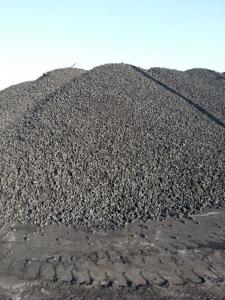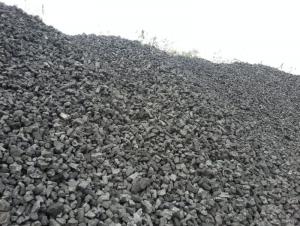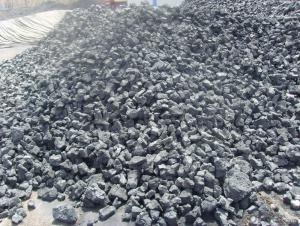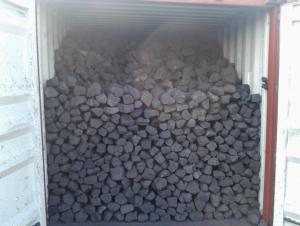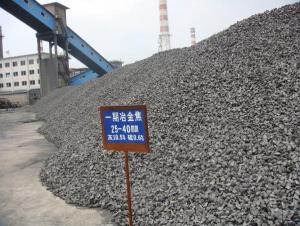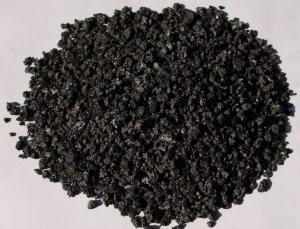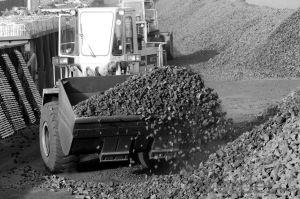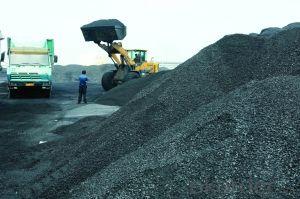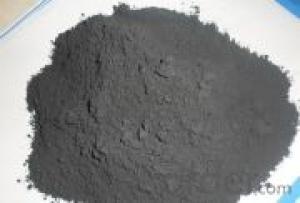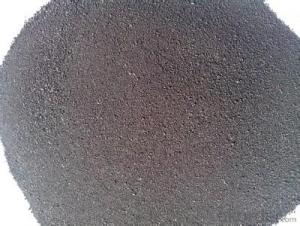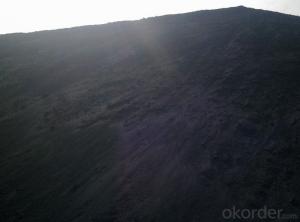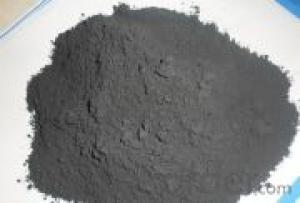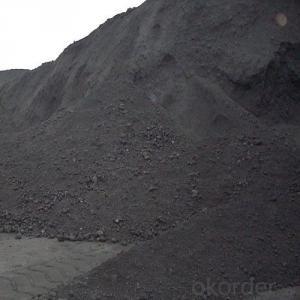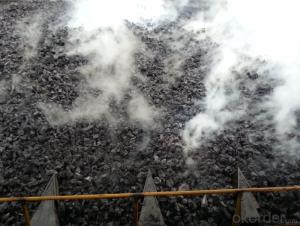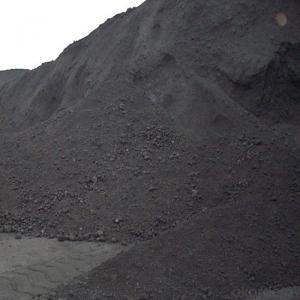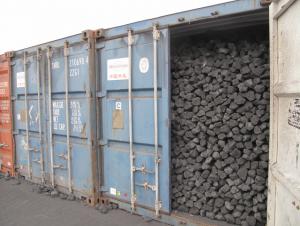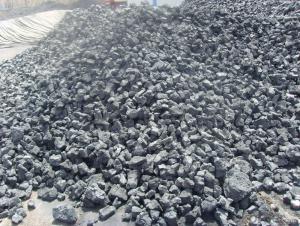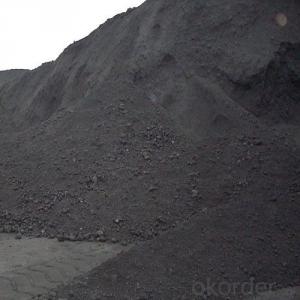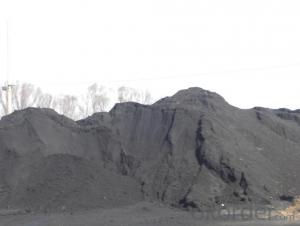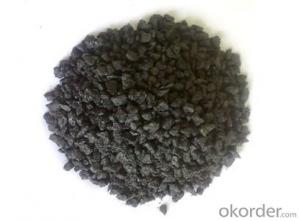COKE BREEZE of 0 -10 MM
- Loading Port:
- Tianjin
- Payment Terms:
- TT OR LC
- Min Order Qty:
- 1000 m.t.
- Supply Capability:
- 100000 m.t./month
OKorder Service Pledge
OKorder Financial Service
You Might Also Like
1. Structure of Metallurgical Coke of COKE BREEZE of 0 -10 MM Description:
Metallurgical coke is blast furnace coke, coke, iron alloy and nonferrous metal smelting with coke. As more than 90% of the metallurgical coke for blast furnace ironmaking, so often called the blast furnace coke metallurgical coke.
Foundry coke is dedicated to cupola molten iron. Coke is the main fuel of cupola molten iron. Its role is hot metal melting furnace charge and overheating, support stock column maintain its good air permeability. As a result, coke blocks should have large, low reactivity, low porosity, with sufficient impact crushing strength, ash content and low sulfur content.
On China's coke production distribution, the regional distribution imbalance of coking enterprises, mainly distributed in north China, east China and northeast China.
2. Main Features of the Metallurgical Coke of COKE BREEZE of 0 -10 MM:
• Quality assurance
• Mutual benefit
• Preferential price
• Various choice
3. Metallurgical Coke of COKE BREEZE of 0 -10 MM Images:
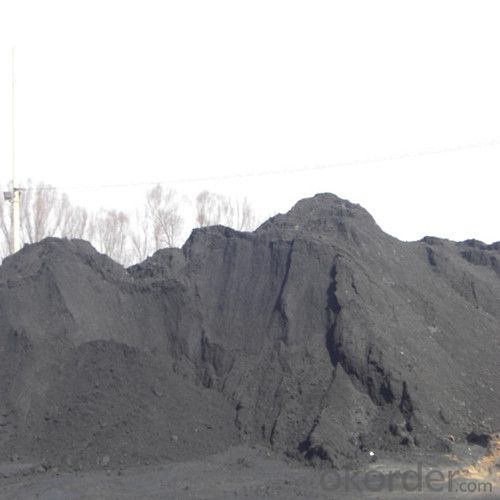
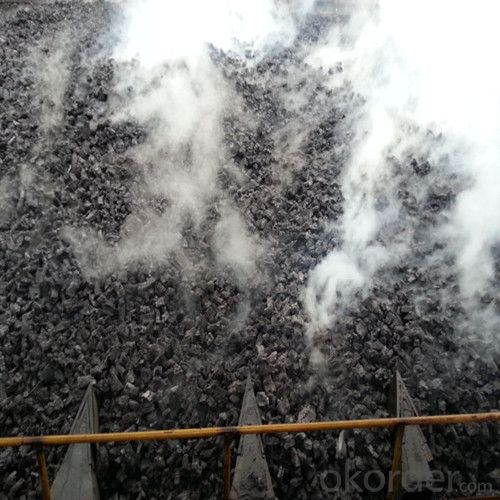
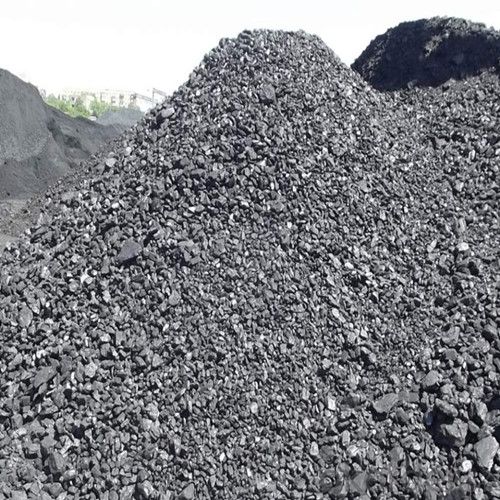
4. Metallurgical Coke of COKE BREEZE of 0 -10 MM Specification:
Parameters | Guarantee | Rejection |
Total Moisture (As received basis) | 5% max | |
Ash (dry basis) | 12.5% max | > 13.5% |
Volatile Matter (dry basis) | 1.5% max | > 1.8% |
Sulphur (dry basis) | 0.65% max | > 0.75% |
Phosphorus (dry basis) | 0.035% max | > 0.045% |
M10 | 7% max | > 9% |
M40 | 84% min | <82% |
CSR | 64% min | <62% |
CRI | 26% max | > 28% |
Size 30-90 mm | 90% min | |
+90 mm | 5% max | > 8% |
-30mm | 5% max | > 8% |
5. FAQ
If foundry coke, general demand big granularity, low porosity, high fixed carbon and sulfur content is low;Chemical gasification with coke, lax to strength requirement, but it requires good reactivity, high ash melting point;Calcium carbide production with focal requirements to improve the fixed carbon content as much as possible.
- Q: What is the difference between metallurgical coke and chemical coke
- Quality index of cokeCoke is a solid product of high temperature carbonization, the main component is carbon, is a crack and irregular pore structure (or porous). The number of cracks has a direct impact on the strength and crushing strength of the coke, the index is generally measured in terms of crack degree (the number of cracks in the unit volume coke). The index of pore structure is mainly expressed by the porosity rate (the percentage of the total volume of coke), which affects the reactivity and strength of coke. Different uses of different coke porosity index requirements, the general requirements of metallurgical coke porosity in the 40 ~ 45%, 35 ~ 40% in coke, coke export demand in about 30%. Coke crack degree and the porosity level, and the coking coal has a direct relationship, such as coal based coke refining, crack, high porosity, low strength; with coal as the foundation of the coal refining coke crack less, low porosity and high strength. The strength of coke is usually represented by two indices of crushing strength and abrasion resistance. Coke crushing strength refers to coke can resist foreign impact force without ability along cracks or defects at the broken, represented by the M40 value; wear strength of coke coke refers to the ability to resist external friction without surface of glass forming debris or powder, said M10. The cracking degree of coke affects the M40 value of its breaking strength, and the pore structure of coke affects the M10 value. There are many methods for determination of M40 and M10 value method, commonly used in our country the German migon drum test.
- Q: What is the use of petroleum coke
- Petroleum coke, petroleum coke. Solid residues produced by high temperature coking of residual oil, residual oil or bitumen from petroleum refining.
- Q: How to calculate the average particle size of coke
- Introduction of a commonly used, called "surface area volume average diameter", abbreviated D (3,2):D (3,2) = 1 / (fVI (/DI)).
- Q: Types of coke and use of coke
- China's coking industry has been formed with conventional machine coke oven blast furnace ironmaking production of metallurgical coke, with heat recovery coke oven production machinery foundry and foundry
- Q: What is the difference between coal and coke, heat, price, pollution, smoke, odor. Thank you experts answer
- Coal is the raw material that has not been treated by coking. Not every kind of coal for coke, according to the different requirements of the different kinds of coal
- Q: I see that there are metallurgical coke and coke on the Internet, what is the difference between them (I hope to be able to say in detail) and a level of two points, how is this going on?.. Where is the quality of coke in China? Hunan good coke plant which? Although the problem is a little bit more, I hope that insiders can give some useful information. Extremely grateful.
- I see that there are metallurgical coke and coke on the Internet, what is the difference between them (I hope to be able to say in detail) and a level of two points, how is this going on?.. Where is the quality of coke in China? Hunan good coke plant which? Although the problem is a little bit more, I hope that insiders can give some useful information. Extremely grateful.
- Q: 8 points will be isolated from the air to enhance the heat of coal, in addition to the main coke, but also the material listed in the following table: No.
- Carbon containing ammonia, which belongs to the inorganic carbon monoxide; although contain carbon and inorganic nature but similar, belonging to the inorganic material, so the answer is: the 7;
- Q: What is the difference between the industrial analysis of coke and the industrial analysis of coal samples
- Quite a lot! You'd better look at the standard coal GB/T212-2008,
- Q: What is coke? What is the use?
- The use of coke coke is mainly used in blast furnace and used for copper, lead, zinc, titanium, antimony, mercury and other non-ferrous metal smelting of blast furnace, reducing agent, heating agent and columnar skeleton blast furnace adopts coke instead of charcoal.
- Q: The two day of the fire is not wang you have a good way to have any good way. Such online
- Coke obtained from high temperature coking for blast furnace smelting, casting and gasification. Coke oven gas produced in the process of coking and recovery is not only a high calorific value of fuel, but also an important industrial raw material for organic synthesis.
Send your message to us
COKE BREEZE of 0 -10 MM
- Loading Port:
- Tianjin
- Payment Terms:
- TT OR LC
- Min Order Qty:
- 1000 m.t.
- Supply Capability:
- 100000 m.t./month
OKorder Service Pledge
OKorder Financial Service
Similar products
Hot products
Hot Searches
